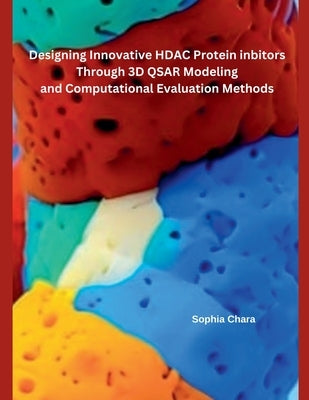Before you leave...
Take 20% off your first order
20% off
Enter the code below at checkout to get 20% off your first order
Discover summer reading lists for all ages & interests!
Find Your Next Read

The balance of reversible acetylation and deacetylation of histones is critical to the regulation of chromatin structure, and it directly affects gene expression in eukaryotic organisms. Two classes of enzymes modulate histone acetylation, histone acetyl transferases (HATs) and histone deacetylases (HDACs), which catalyze the addition and removal, respectively, of acetyl group from the amino moiety of lysines near the amino termini of histone proteins [1]. Histone deacetylation promotes the condensation of chromatin which, in turn, promotes transcriptional repression. HDAC inhibitors have been identified as active anti-proliferative agents. Recently concept of treating CNS diseases with HDAC inhibitors is viewed as a rational therapeutic approach due to current insight into molecular pathogenesis for CNS disorders [2]. This suggests that HDAC inhibition could correct transcriptional defects and other acetylation-dependent impairments, and thus could be used as successful treatments for a number of neurodegenerative diseases including, Rubinstein-Taybi syndrome, Rett syndrome, Friedreich's ataxia, Huntington's disease and many other disorders that affect brain function. The anti-inflammatory properties predicted for some of these compounds could render them useful for the treatment of multiple sclerosis and stroke. Recent research shows a pivotal role for class IIa HDACs in the regulation of glucose homeostasis [3].
Thanks for subscribing!
This email has been registered!
Take 20% off your first order
Enter the code below at checkout to get 20% off your first order